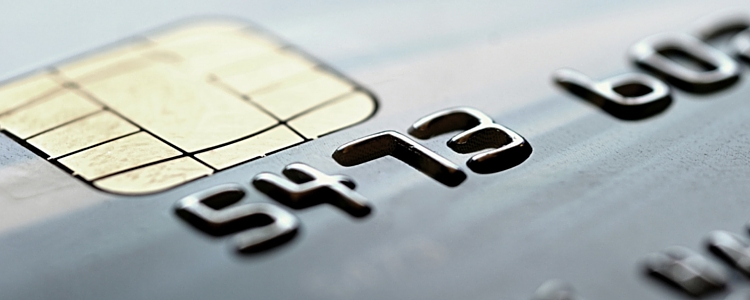
Contributed by Independent Bank
Last October, businesses across the U.S. were encouraged to begin the transition to EMV (Euro MasterCard Visa) technology for both debit and credit cards. This technology includes an embedded chip in each card to reduce the possibility of fraud for both customers and businesses. While the experience is slightly different, the transition to chip cards is beneficial to both parties.
A Different Transaction Experience
When a customer swipes a debit or credit card for payment, how exactly has the experience changed? The obvious difference is that instead of being swiped, the card is actually inserted into the chip-enabled card terminal and left there for the duration of the transaction. The customer is guided through various prompts, and completes the transaction by either signing a name or entering a PIN (personal identification number) just as it was done before.
Some customers have noted that the process seems longer. It actually ends up taking about the same amount of time, but because the card remains in the card reader instead of immediately going back in their wallet, it may feel a bit longer. Letting customers know that the business is equipped to process chip card transactions, as well as how the process works, helps make the transition run much smoother.
Benefits of Chip Card Technology
With chip card technology, comes a variety of security benefits for both businesses and customers. When the card is used for a purchase, the embedded chip validates the transaction by creating a unique single-use code. This provides an added layer of fraud protection, making it much harder for someone to create a counterfeit card.
Converting to chip card technology sends a message to customers that the security of their information is important, while also taking some fraud liability off of the business. Businesses that choose not to convert, or prolong it, become liable for certain types of fraud.
The decision to convert is different for each business, and depends on a variety of factors. Cost will likely play a factor, and the cost can vary greatly based on the current equipment utilized. Once a business makes the decision to convert, they should speak with their financial institution or merchant service provider to discuss the next steps.